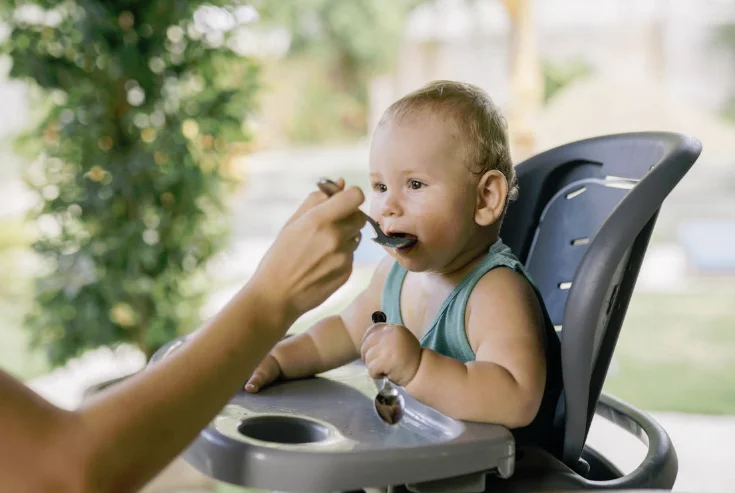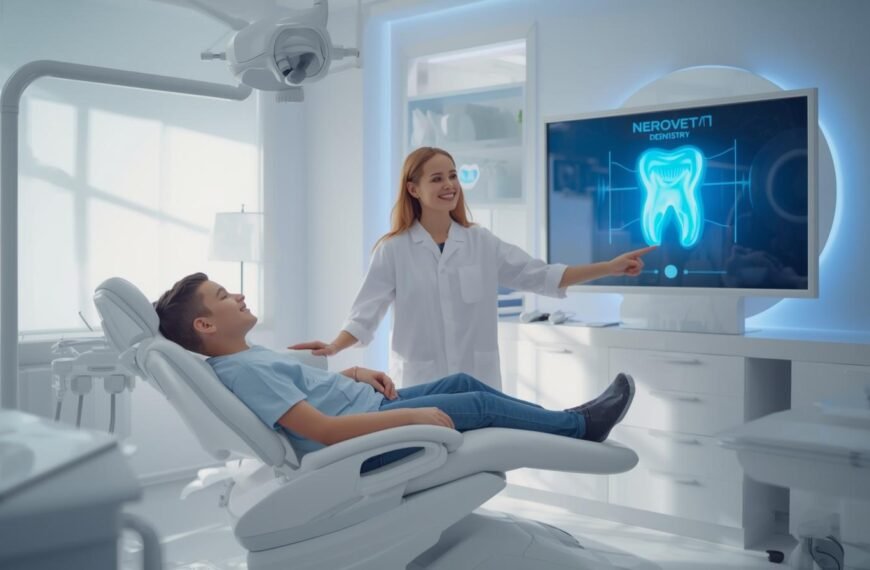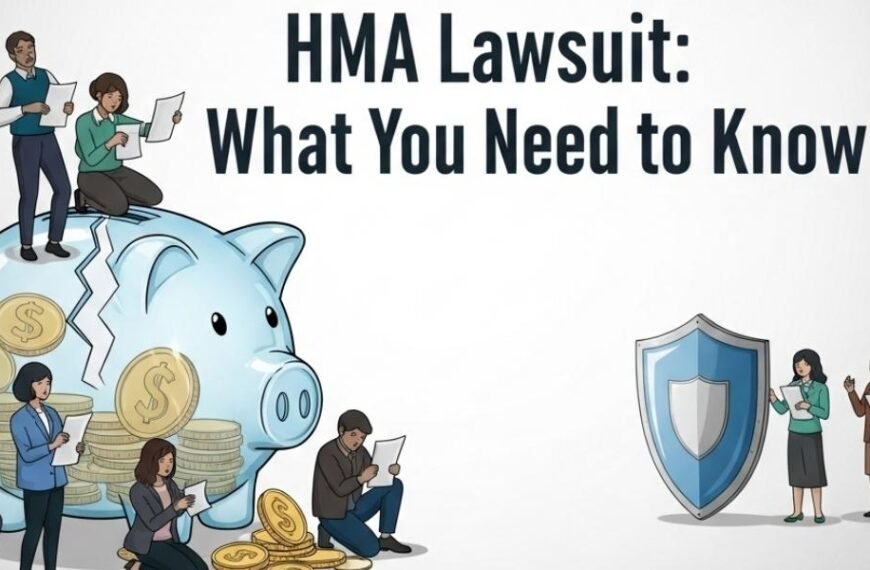Shopping for baby food is taxing for a number of reasons, not least because of the barrage of information featured on each and every product in this competitive category.
With shelves filled with labels boasting organic seals, safety certifications, and nutrition claims, how do you know what’s right?
Since Brexit, British parents face even more questions. EU standards differ from UK guidelines in key ways, particularly around safety testing and ingredient quality.
So, what does “EU-certified organic” really mean, how does it compare to what’s sold under UK rules today, and what other factors are at play?
Let’s break down these differences simply, so you can make confident choices when shopping for your little one.
Key Differences in Organic Certifications: EU vs UK
EU-certified organic and UK-certified organic products share some similarities, but there are notable differences that parents should be aware of.
Specifically:
- EU certification focuses on stricter pesticide restrictions
- Animal welfare standards for EU organic milk tend to be higher
- The use of certain fertilizers is banned under EU rules but permitted in the UK
This may be a deal-breaker for some parents, but the good news is that there is a way to access baby food products from EU nations. For instance, you can buy HiPP Dutch Organic Stage 2 baby formula in the UK, so anyone can have access to an option that aligns with these higher standards. It’s simply a matter of making choices that align with your lifestyle and values.
How Ingredient Safety Testing Varies Between Standards
Ingredient safety testing ensures baby food meets strict health guidelines. EU and UK systems now handle this differently after Brexit.
In short:
- The EU applies a precautionary principle, banning substances until proven safe
- UK regulations focus on risk assessment, allowing some ingredients with controlled limits
- EU standards require frequent testing for contaminants like heavy metals
For parents in the UK, this divergence means products certified by the EU may have undergone more rigorous pre-market evaluations. Conversely, the UK’s approach allows faster approvals of newer ingredients that show low-risk potential.
It’s essential to check labels or consult brand information when selecting baby foods. Products labelled as adhering to both sets of standards offer reassurance if ingredient safety is your top concern.
Additives and Preservatives: What’s Allowed Under Each System
EU and UK guidelines now permit the use of different additives and preservatives in baby food. Parents should be aware of these distinctions when choosing products.
For example:
- The EU bans artificial colours and sweeteners outright in baby food, whereas in the UK these are not entirely outlawed
- UK rules allow some synthetic vitamins not permitted under EU standards, as part of a push to promote food fortification for overall health
- Phosphate-based preservatives are restricted more strictly by the EU
These variations may affect the ingredient lists you’ll find on packaging. Products adhering to EU standards generally aim for minimal processing, which may appeal to parents prioritising natural ingredients.
Meanwhile, certain fortified foods available in the UK may contain added nutrients that aren’t commonly found in similar EU-certified options. Once again, it’s wise to carefully review ingredient labels if you’re aiming to avoid specific additives or looking for a product aligned with particular values regarding purity or enrichment practices.
Wrapping Up
It’s reasonable to be a little confused by the differences between EU and UK baby food standards, but a little research and attention to detail serve parents well in this context.
Knowing how certifications, testing practices, and ingredient rules vary helps you make informed choices for your child’s health.
Check product labels closely and look for certifications that align with your values. Whether choosing stricter EU-approved items or trusting updated UK guidelines, confidence comes from understanding what each standard brings to the table.








